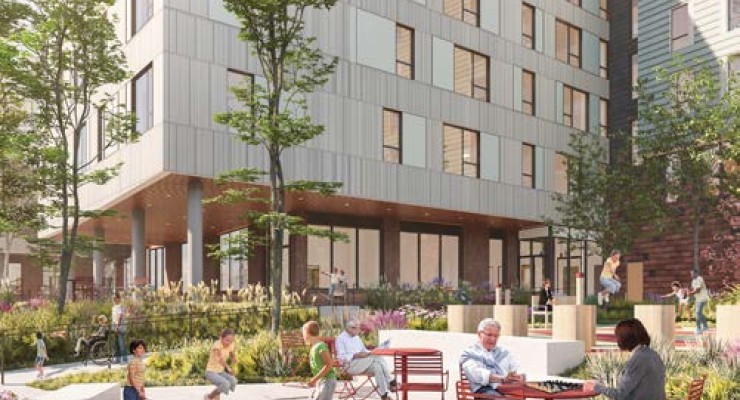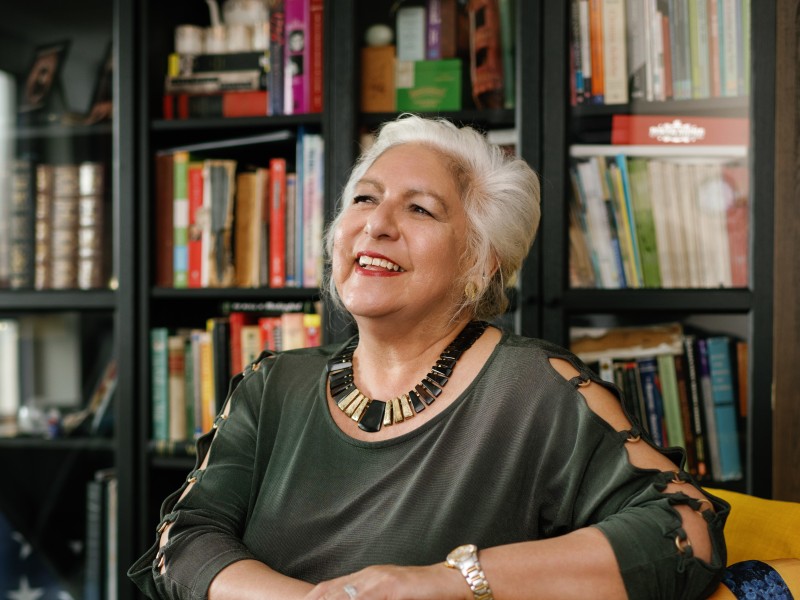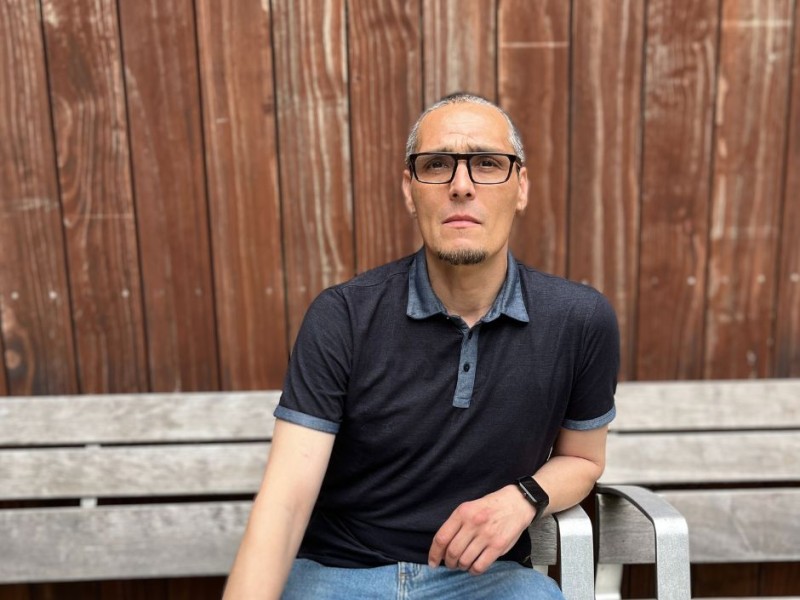Designing for life: A joyful approach to creating communities and connection

The spaces in which we live can have a profound impact on our mental and physical health. The right building design choices can inspire joy, human connection, and a celebration of life. A focus on creating light-filled, life-affirming spaces that are both beautiful and functional is at the heart of our community design practice at 2Life, and it is an approach that has influenced design standards statewide.
“Our purpose-led design practice focuses on thinking carefully about the impact of built space on the health and wellness of 2Life residents,” says 2Life Director of Real Estate Zoe Weinrobe, noting that 2Life is committed to 100% adaptability for new buildings and as close as possible to this for renovations. “All of our apartments are designed to adapt to each resident’s changing needs. No one should ever have to move because their apartment can’t accommodate them as their physical or cognitive needs change.”
2Life’s design practice is multidimensional, encompassing a wide range of environmental factors and design details. “It involves everything from considering the impact of light, colors, and air circulation to maintaining a connection to the outdoors,” Weinrobe explains. “We also think about the programs and services 2Life offers and thoughtfully design spaces that support these and encourage people to come out of their apartments and engage in community life.”
Partnering for progress
2Life is fortunate to partner with architectural firms that share this outcomes-based design philosophy and have lent their expertise to help develop 2Life’s design guidelines. This includes Enterprise Community Partners, DiMella Shaffer, MASS Design Group, and PCA, Inc. All these collaborators play a key role in our efforts to continue to improve design.
Based on decades of experience and innovation, 2Life’s design guidelines have made an impact beyond our communities. They now form the basis for the Massachusetts Department of Housing and Community Development (DHCD) requirements for senior housing projects applying for state rental housing funds — the result of the Governor’s Council on Aging formed in 2017 to address aging in Massachusetts. As part of this council, 2Life CEO Amy Schectman cochaired a housing working group that developed a set of design guidelines for senior housing — reflecting the design principles pioneered at 2Life — which was adopted by the Commonwealth of Massachusetts.
Dementia-friendly design
An important aspect of 2Life’s design practice and an area of expertise for DiMella Shaffer’s Philippe Saad is dementia-friendly design. “A core principle of dementia-friendly design is making the environment clear and uncluttered,” says Saad, noting that this involves everything from making signage clear to making objects easily recognizable. “It also means creating wayfinding that is intuitive. We want people to recognize that this is a path that leads them somewhere.”
For example, in senior housing, using different colors and artworks in corridors as visual cues for a particular floor or section of a building can help residents quickly recognize where they are. Contrasting colors can make it easier to distinguish an apartment door or a toilet in a bathroom. “We need to create some elements that are clues to help people recognize objects,” says Saad. “The designer needs to be attuned to what is familiar to a particular group of people. Dementia-friendly design doesn’t cost much.”
Engaging with residents
Looking at design from the perspective of older adults is crucial to 2Life’s approach. Jonathan Evans of MASS Design Group emphasizes that resident engagement is invaluable.
“We relish the opportunity to ground our designs in an understanding of the needs of the people living there,” Evans says, pointing to the example of 2Life’s J.J. Carroll redevelopment project in Brighton. For this project, MASS Design Group conducted extensive interviews with residents of the original J.J. Carroll property.
“We recognized that they had a community there. We wanted to understand what the residents liked about where they lived as well as what they wanted improved. We didn’t want to lose that sense of connectedness.” This led to the decision to design the new J.J. Carroll with distinct “neighborhoods” within the site, creating smaller communities within the larger community.
“As architects we approach projects with a sense of humility, without preconceived solutions. We strive to be receptive to what we learn from the people who live this life, which can be extremely illuminating,” Evans says.
While 2Life embraces innovative design solutions, we are equally focused on financial feasibility. “What is amazing is that we are able to apply these principles and build within our funding constraints,” Weinrobe says. “It means thinking creatively while also engaging the support of policymakers and the generosity of donors.”
Click here to read 2Life Communites’ Design Guidelines for Aging


